Explore the Bronze Age in China through Sanxiangdui
Sanxiengdui is one of the most important archaeological sites in China, with many artifacts dating back to the Bronze Age. This discovery has aroused the interest of many scientists, who want to unravel the secrets of this important era in the development of ancient Chinese civilization. In this article, we will provide an overview of the discoveries in Sanxiangdui and the importance of this archaeological site in the rediscovery of the Bronze Age in China.
Show key points
- Sanxingdui is a critical archaeological site in China that has significantly enhanced our understanding of the Bronze Age and the development of ancient Chinese civilization.
- The discovery of advanced bronze tools, weapons, and ritual objects at Sanxingdui showcases the sophisticated metallurgical and artistic capabilities of early Chinese societies.
- Sanxingdui highlights the strong connection between bronze manufacturing and political power, particularly through its association with warfare and sacrificial rituals.
- ADVERTISEMENT
- This site reveals a distinct cultural and religious system marked by sacred motifs like divine trees, mountains, and animals, which differ from other known Bronze Age civilizations.
- Artifacts found at Sanxingdui provide crucial insights into the origins of ancient Chinese writing and symbolic language used in ritual and governance contexts.
- Modern archaeological techniques are being employed to preserve Sanxingdui’s relics, involving interdisciplinary collaboration and advanced technologies for documentation and restoration.
- The ongoing study and promotion of Sanxingdui serve not only academic purposes but also inspire public interest and national pride in China’s rich cultural heritage.
Ancient Chinese bronze civilization and its rich history.
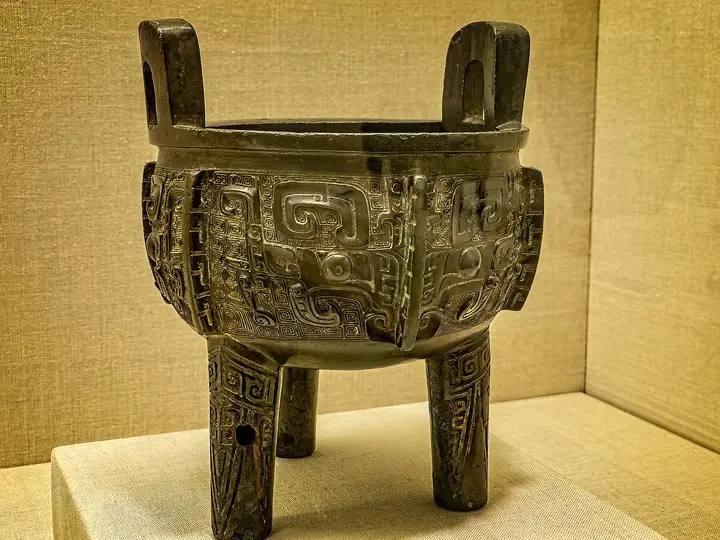
The ancient Chinese bronze civilization is among the most important civilizations that humanity has seen. This civilization was distinguished by its advanced techniques in bronze making and its remarkable artistic and cultural development. The roots of the history of this civilization date back to before the second millennium BC, where the Chinese in that period used bronze to make tools, weapons and decorations.
Recommend
The Chinese bronze civilization was characterized by several subcivilizations that developed over the millennium, such as the Shang civilization, the Zhou civilization, and others. These civilizations controlled a large part of Chinese territory and grew prosperously.
The Chinese bronze civilization is characterized by its advanced techniques in making bronze, as the Chinese used a special furnace to melt copper and tin and pour them into molds to make tools, weapons and amulets. They also created unique techniques for engraving and decoration on objects made of bronze, giving these artifacts a unique beauty and high historical value.
The bronze civilization in China is also a key stage in the development of writing and symbols. Ancient Chinese writing was developed during this period, with curved lines and intricate shapes used in writing on bronze instruments.
Exploring the Chinese bronze civilization, we learn about a rich history dating back thousands of years. It is a period marked by technological development and artistic and cultural innovation. The Chinese bronze civilization is a precious mine of knowledge and understanding of the development of Chinese culture and its impact on the whole world.
Sanxiangdui monuments enrich China's Bronze Age system

When it comes to collecting evidence about ancient civilizations, it is undeniable that archaeological sites play a crucial role in understanding the history of civilization. Among these important archaeological sites, Sanxiangdui shone in China, where ancient Bronze Age traces dating back to the Bronze Age have been discovered.
The Sanxingdui monuments are receiving renewed attention by researchers and scientists, who consider them a cultural treasure that contributes to enriching and expanding our understanding of the Bronze Age in China.
The Sanxiangdui monuments are a window into the world of antiquity in China, revealing astonishing advances in tools, weapons, arts, and even a system of social values and beliefs. This archaeological site is famous for its advanced manufacturing techniques that were used to make bronze tools and artifacts.
Thanks to Sanxingdui, scientists today can decipher the mysteries of China's Bronze civilization and better understand Bronze Age technology. By carefully analyzing these monuments, industrial processes, social experiments and even the system of government of the time can be restored, contributing to the enrichment of knowledge related to ancient Chinese history.
The discovery of the Sanxiangdui ruins is not only a catalyst for researchers and scientists, but also an opportunity to inspire and encourage the public to explore the rich culture and history of China. These ruins are indeed an excellent tourist destination that attracts tourists, historians and culture enthusiasts alike.
In short, the Sanxiengdui monuments play an important role in enriching and documenting China's Bronze Age system. These monuments reflect advances in Bronze Age technology, art and culture, contributing to our understanding of ancient Chinese civilization and the cultural heritage from which we derive even today.
Sanxiengdui reflects the characteristics and shape of the Bronze Age in China
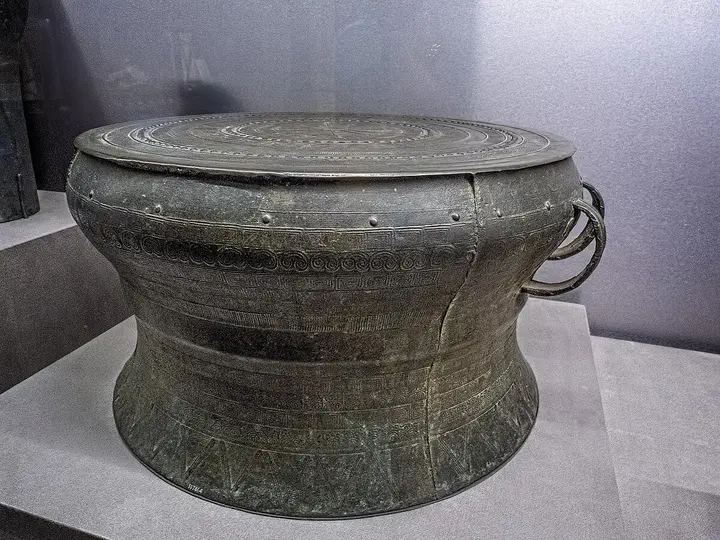
What are the characteristics of the Bronze Age in China? The biggest feature of the Bronze Age in China is that the use of bronze is inseparable from sacrifice and war. In other words, bronze is a political force. Bronze tools and copper resources in ancient China were very different from those in the West during the Bronze Age. For the Xia, Shang, and Zhou civilizations of China, bronzes were by no means luxury goods or palace decorations, but a necessary means of political power struggle. Whoever masters bronze can dominate the world.
Regarding the specific use direction and function of bronze, sacrifice and war are two "national events" that determine the ruler's fundamental fate. Regarding sacrifices, Zhang Guangzi believes that dividing the world into levels such as heaven and earth, humans and gods is an important element of ancient Chinese civilization. Many religious rituals, ideas, and behaviors in ancient China conveyed varying degrees of sacrifice. This world.
If Yin Shang's bronzes, in the ancient knowledge map of the Chinese Bronze Age, mainly reflect the characteristics of the Chinese Bronze Age in the form of bronze ritual vessels as offerings, then Sanxiengdui adopted another, more primitive and more sophisticated style. The most intuitive form reflects this feature. The sacred mountains, sacred trees, sacred birds and other sacred beasts recorded in the above-mentioned ancient historical inheritance system can not only be displayed in artifacts discovered in Sanxiangdui, but many processes and details in the sacrificial process have also been scientifically analyzed. The eight offerings discovered at Sanxingdoi have been excavated, and archaeological excavations, ranging from archaeological phenomena to artifacts discovered, have provided a large number of systematically valuable historical clues.
The importance of Sanxingdoi in rediscovering ancient Chinese history.
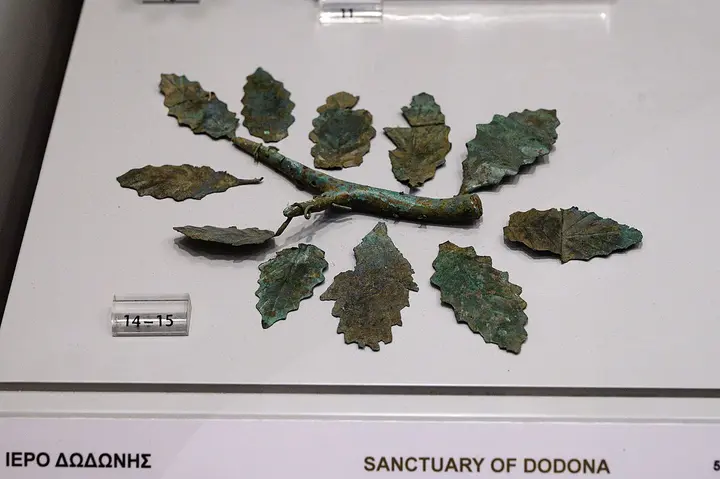
There is no doubt that Sanxingdoi is of great importance for rediscovering ancient Chinese history. The site of this archaeological discovery is filled with artifacts and materials dating back to the Bronze Age, an important historical period in the development of ancient Chinese civilization. Sanxingdoi is a rich source of information that helps fill important gaps in the historical record and understand Bronze Age culture and technology.
This archaeological site plays a crucial role in the analysis and recording of the technology used and the qualitative changes of the ancient Chinese Bronze Age civilization. Through artifacts found in Sanxingdui, scientists can learn how bronze was made and how tools, weapons and utensils evolved during that critical period.
In addition, Sanxingdui also provides a huge source for understanding ancient symbols and texts used by the ancient Chinese civilization. The archaeological inscriptions and drawings found at the site provide the opportunity to learn more about Bronze Age culture and interpret its symbols. This means that Sanxing Doi is not only a place of cultural relics, but also a window for understanding the ancient Chinese mentality, way of thinking and communication methods of that time.
Given the great importance of the Sanxiengdui site in providing information and ideas about the Bronze Age in China, studying this archaeological site is critical to understanding the development of Chinese civilization and its significant impact on the world today. The government and scientific research institutions should provide all support and protection to this precious site and promote archaeological research and excavation so that it can continue to shed light on China's ancient history and cultural heritage.
Modern Archaeology: Preserving the Memory of Sanxingdoi for Future Generations
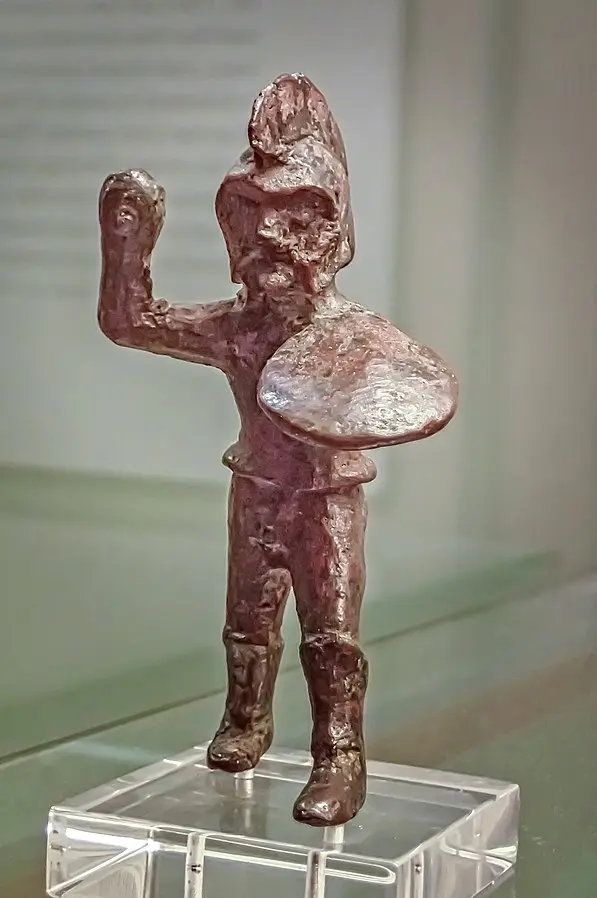
The antiquities discovered at Sanxingdoi are an important key to understanding and deducing Bronze Age civilization in ancient China. For this reason, modern archaeology plays a prominent role in preserving this cultural memory for future generations. Recent archaeological studies document, analyze and protect the monuments found in Sanxingdoi to ensure that valuable information about this important era in Chinese history continues to be provided.
Modern archaeology is of great importance because it helps in uniting the efforts of scientists and experts specialized in different fields, such as archaeology, history, architecture and geology. These experts collaborate together to recover, restore and accurately document broken and damaged artifacts. Scientists are concerned with breeding research and the development of advanced conservation techniques to preserve and secure antiquities for future generations.
Efforts in the field of modern archaeology are also aimed at leveraging modern technology and developing new methodologies for discovery, conservation and display. Through the use of techniques such as X-rays and lasers, scientists can study artifacts with high accuracy and determine the sources of the original materials and details of workmanship. In addition, experts use modern means of communication such as the Internet and virtual reality technologies to provide easy and comprehensive access to these monuments to the public, promoting awareness of the history, culture and scientific significance of the Sanxingdui site.
Continuing efforts in modern archaeology, researchers will be able to expand knowledge about China's Bronze Age and uncover more ancient secrets buried in Sanxingdui. By preserving this physical memory, future generations can benefit from the historical, cultural and technical lessons offered by this unique archaeological site. Preserving the memory of Sanxingdui by modern archaeology is an investment for the future and an affirmation of the cultural value of this great historical site.
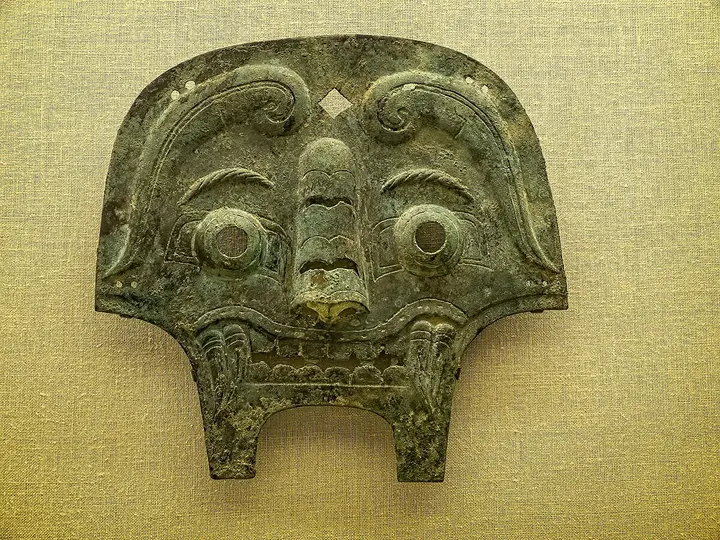
By exploring Sanxingdui, China opens a window to the world on its ancient civilization and incredible development during the Bronze Age. This archaeological site provides us with strong evidence of technology, art and culture in this important period. By studying these cultural relics, we can understand the development of Chinese civilization and its impact on the world today. Sanxiangdui already deserves protection and serious research, contributing to the enrichment of scientific knowledge and the recording of ancient Chinese history.








